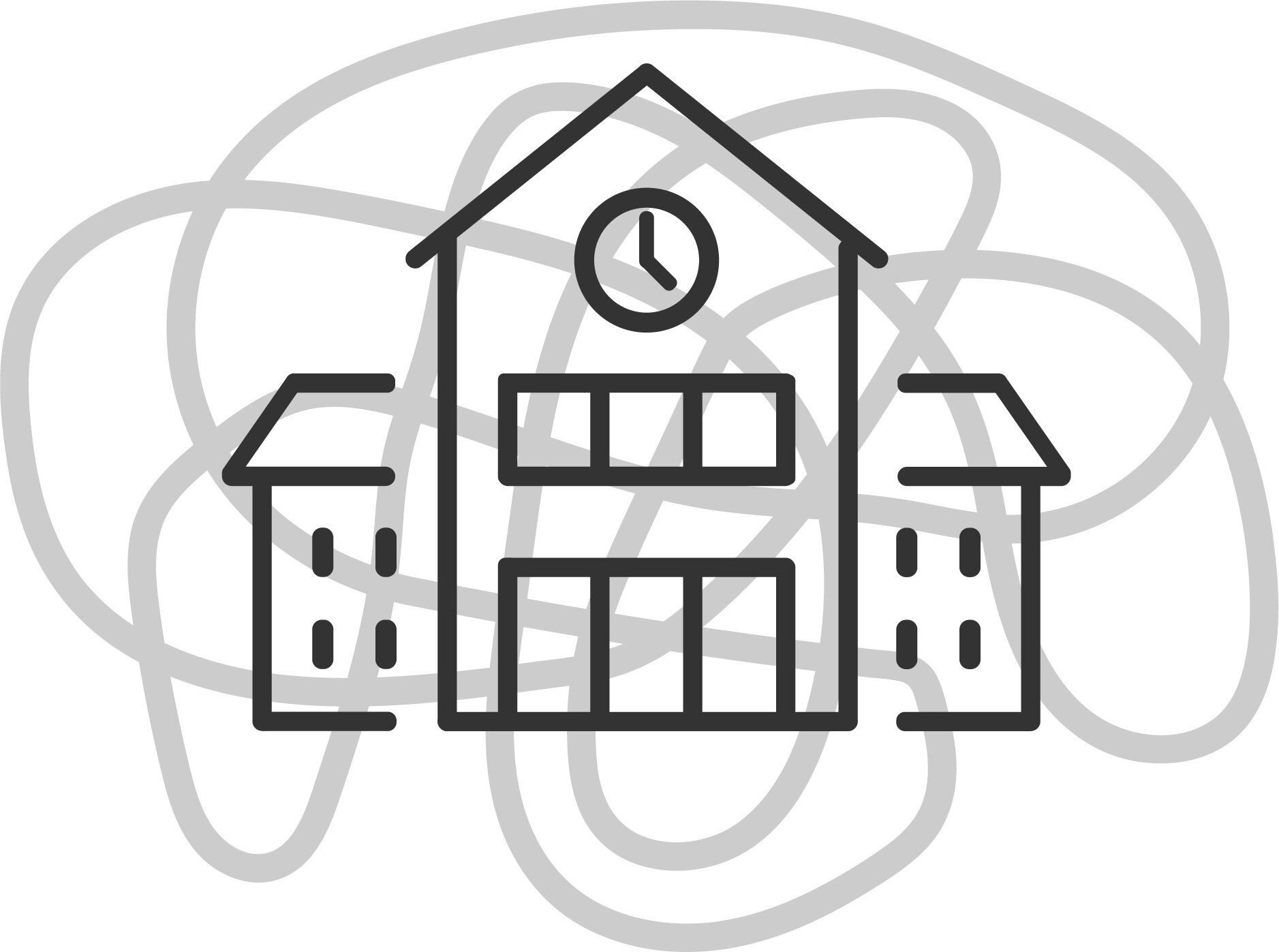Mental Health Professionals Are in High Demand in School Systems
Why Are Mental Health Professionals in Demand?
As the aftermath of the pandemic continues, many are still struggling with their mental health, putting various mental health professionals in high demand. According to Seattle University, the US Bureau of Labor Statistics predicts therapists, social workers, mental health counselors, and mental health nurse practitioners as a field will grow 23 percent in the next ten years.
According to The Hechinger Report, “President Joe Biden wants to double the number of mental health professionals in schools. Already schools have seen a 65% increase in social workers and a 17% increase in counselors compared to before the pandemic,”
What is it Like for Youths Struggling with Their Mental Health in Schools?
A study was conducted by the JED Foundation, examining high school students, caregivers, and school administrators. The findings were eye-opening:
School administrators view mental health as a critical issue in schools
72% of administrators rated anxiety as the number one problem among students
Students rated anxiety, stress, substance use issues, bullying, and depression as their top identifications of mental health issues in their school
Both school administrators and students are concerned about the risk of student suicide
46% of administrators indicated that a suicide attempt or death by suicide has occurred at their school within 5 years
35% of students know others who have done acts of self-harm and 26% know of others who have shared thoughts of suicide
Students from lower-income households are at risk
Administrators from lower-income schools stated that student suicidal ideation or completed suicide was higher in the last five years
Female students are at a higher risk than males
Females are more likely to develop anxiety (52% vs. 36% in males), depression (38% vs. 29%), and suicidal thoughts (24% vs. 18%)
Students need more resources and strategies
52% of administrators rate their schools highly on increasing mental health services, whereas students only rate their schools 24%
Less than 30% of students rated their schools as having programs in educating students on mental health and well-being, suicide prevention, or social-emotional learning skills
Why is it Important to Have Mental Health Professionals Work in Schools?
According to the Amherst H. Wilder Foundation, about 20 percent of kids experience emotional or behavioral health conditions per year. Along with this, only about half of those kids receive mental health support.
School is the one place where children and adolescents are obligated to spend most of their days. To help kids get the care they need, mental health services should be provided in schools. One of the main reasons why people do not obtain mental health care is because of the stigma surrounding it. School provides a natural and neutral place that kids already feel familiar with (Amherst H. Wilder Foundation).
Also, by constantly having a mental health professional on school grounds, not only will the students gain the skills to better themselves, but other staff members will too. Surrounding faculty and staff will be able to increase their ability to detect signs and symptoms of distress (Amherst H. Wilder Foundation).
Many mental health issues can have an onset in childhood and could go on to impact that person well into their adulthood. Having a mental health professional during this critical developmental age can help decrease the chances of mental health struggles in adults.
There has been an introduction of a multi-tiered system of support in schools according to Chelsea Sheasley. For example, students receive “’tier one’” support, like classroom lessons or assemblies on mental health awareness. A smaller number of students identified as needing ‘tier two’ support might participate in group sessions, led by school counselors, on dealing with grief or stress. An even smaller number of ‘tier three’ students receive more intensive treatment, such as individual therapy with trained school staff, or are referred to an outside provider” (The Hechinger Report).
Hopefully, these studies and reports will not go unnoticed, and communities will see that it is essential to have mental health professionals in schools to assist children with their needs.

